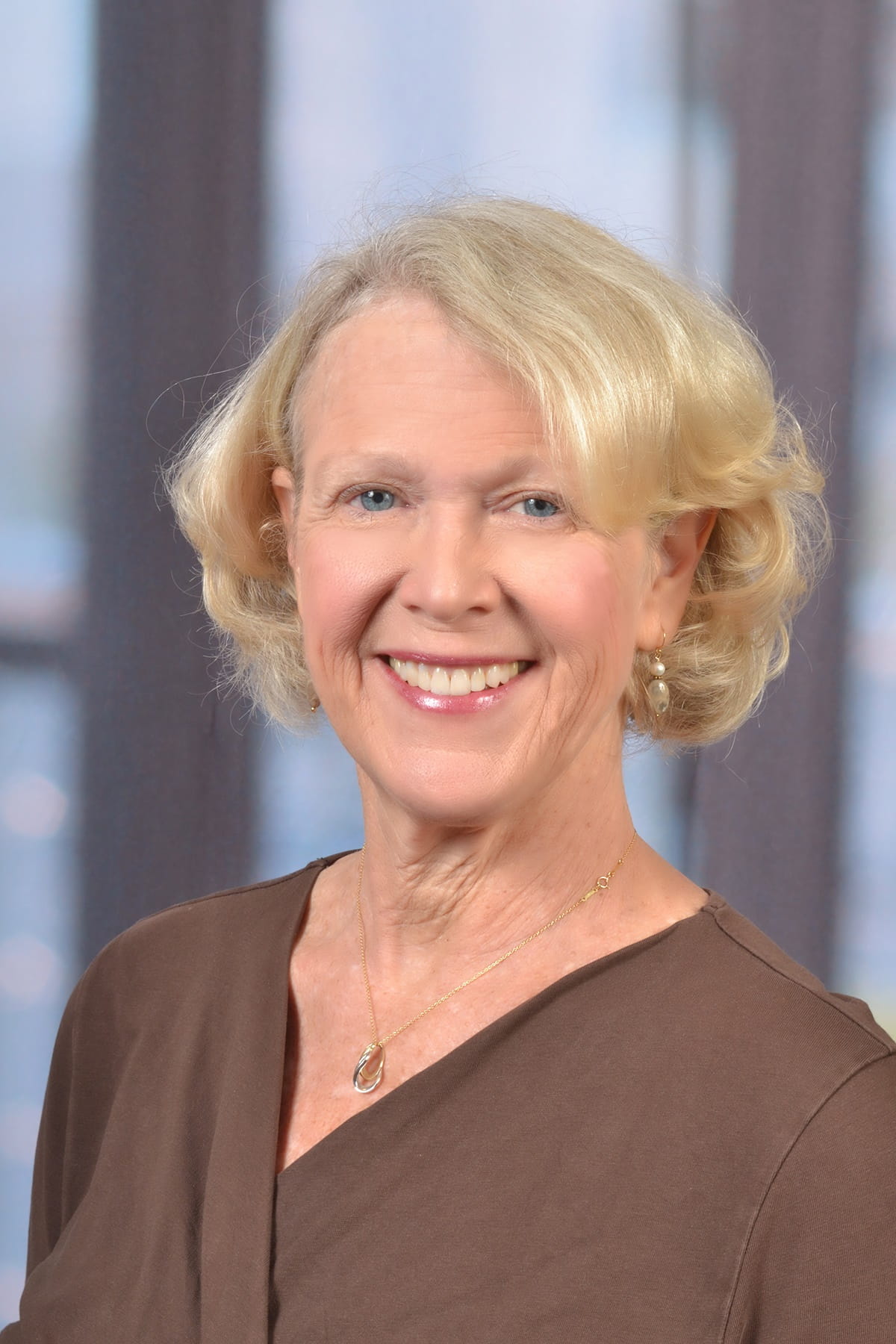December 21, 2020
COLUMBUS, Ohio – A free, 8-week mindfulness program created by researchers at The Ohio State University Wexner Medical Center and The Ohio State University College of Medicine significantly reduced burnout and perceived stress for health care faculty and staff, while increasing resilience and work engagement in this large health care system, a new study found.
 “These results paved the way for an organizational response that utilized mindfulness to empower health care providers to navigate through the novel challenges presented by COVID-19,” Klatt said. “Our study shows that when an organization invests in preventively in a program like Mindfulness in Motion for any faculty and staff, it makes a real difference when a crisis like an unexpected pandemic happens.”
“These results paved the way for an organizational response that utilized mindfulness to empower health care providers to navigate through the novel challenges presented by COVID-19,” Klatt said. “Our study shows that when an organization invests in preventively in a program like Mindfulness in Motion for any faculty and staff, it makes a real difference when a crisis like an unexpected pandemic happens.”
The study findings are published online in the journal Global Advances in Health and Medicine.
The study participants included 267 resident physicians, resident chaplains, attending physicians, medical center faculty, and hospital administrative/managerial clinical staff at Ohio State Wexner Medical Center who demonstrated significant 27% reduction in burnout after completing the Mindfulness in Motion (MIM) program.
The study found a highly significant pre/post decrease in the emotional exhaustion and depersonalization with highly significant increase in the personal accomplishment. Resilience significantly increased while perceived stress decreased, said Maryanna Klatt, lead researcher and a professor in the Department of Family and Community Medicine at Ohio State.
 “These results paved the way for an organizational response that utilized mindfulness to empower health care providers to navigate through the novel challenges presented by COVID-19,” Klatt said. “Our study shows that when an organization invests in preventively in a program like Mindfulness in Motion for any faculty and staff, it makes a real difference when a crisis like an unexpected pandemic happens.”
“These results paved the way for an organizational response that utilized mindfulness to empower health care providers to navigate through the novel challenges presented by COVID-19,” Klatt said. “Our study shows that when an organization invests in preventively in a program like Mindfulness in Motion for any faculty and staff, it makes a real difference when a crisis like an unexpected pandemic happens.”During the COVID-19 pandemic, Klatt created a series of 5-minute mindfulness videos for Ohio State’s health care workers that now have more than 19,000 views, along with 30-minute “Mindfulness meets COVID-19” videos that have more than 3,500 views. Because of the current COVID-19 surge, she’s now creating 2-minute mindfulness audio messages to help frontline workers reset.
“The culture of our Medical Center was already opened up to the idea that mindfulness can significantly decrease burnout and perceived stress, while significantly increasing resilience and work engagement. That made the pivot to utilizing mindfulness during COVID-19 to help front line workers seamless,” said Klatt, who teaches mindfulness programs through the Gabbe Health and Wellness program at the medical center.
While there is much research on individual changes that mindfulness programming can achieve, this research differs in that the study focused on an organizationally sponsored program.
Klatt said that organizational buy-in likely helps to account to the success of the program, adding: “When someone feels that their employer is invested in them, cares about them, good things happen. Mindfulness is important on both the organizational and the individual level.”
The next step for this research will be a pilot study with the Ohio Hospital Association in 2021 to train other hospitals to use the Mindfulness in Motion program, Klatt said.
One of the study participants, Dr. Kelsey Black, is a pulmonary critical care fellow who’s working with Klatt to incorporate mindfulness research into the pulmonary rehabilitation program at Ohio State Wexner Medical Center.
“This program was so incredibly helpful to me personally as I was trying to heal from the things I experienced while working in the medical intensive care unit during the pandemic,” said Black who cares for critically ill patients.
Black said she acutely felt the stress of being asked to be an "expert" in the management of a new illness. She said it’s difficult to guide patients and their families through any critical illness, but with COVID-19, there was much more uncertainty because so little was known about this new disease. Watching so many patients suffering and dying without their families present only added to her stress.
“Mindfulness in Motion helped give me the tools to recognize when I started to feel overwhelmed and sad and to take a few breaths to calm myself,” Black said. “Learning to be kind to myself in these moments allowed me to cope with what I was seeing around me. Specifically, I would focus on grounding myself, the sensation of my feet on the floor, my hands on the desk and do slow diaphragmatic breathing. On the nights when I couldn't sleep, the individual mindfulness meditations were amazing and helped me slow my mind and relax my body. These short moments really helped bring me back to the present and better care for the patients in front of me.”
Black credits the mindfulness training with giving her the tools to better cope when she’s feeling burned out during the pandemic.
“It taught me the importance of taking small moments to care for myself so that I can better serve my patients.” Black said. “It gave me the strength to keep going.”
Other Ohio State researchers involved in the study are Rani Bawa, Olivia Gabram, Amanda Blake, Beth Steinberg, Alexis Westrick and Scott Holliday.
# # #
Media Contact: Eileen Scahill, Wexner Medical Center Media Relations, 614-293-3737, Eileen.Scahill@osumc.edu
